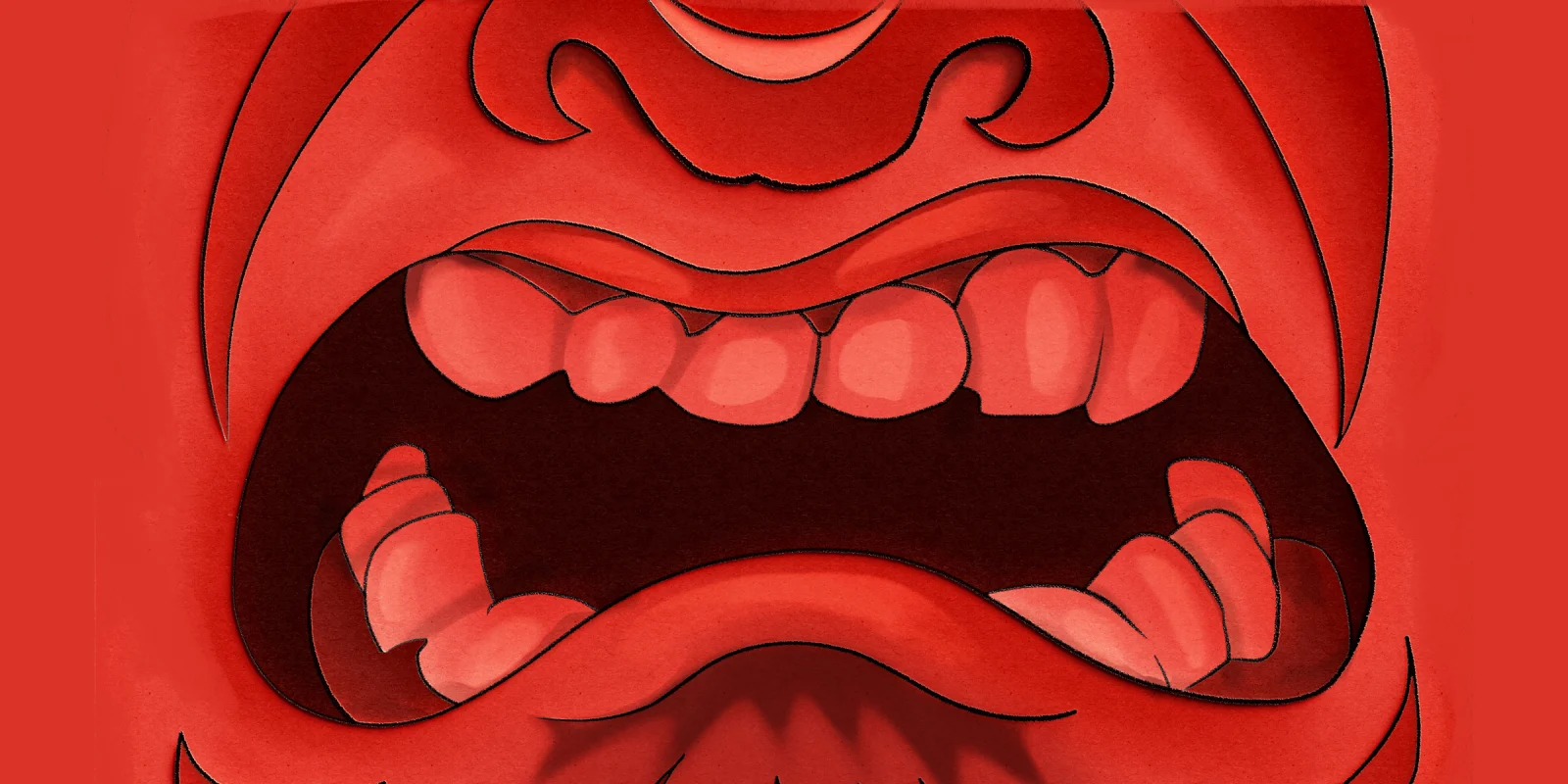One evening, I got a call from my assistant program director, who asked if I was at work. He had heard news that there might be a shooter somewhere in our hospital and he was checking on our residency. I was overwhelmed with anxiety for my friends and with guilt that I was home safe — again — just like I was the last time I got a similar call, back when I was a freshman in college, asking if I knew where my siblings were because there was a shooter at their high school. Luckily, this time was different. This time it was a false alarm. There was no shooter and no casualties. However, this isn’t always the case.
According to the Bureau of Labor Statistics, health care workers accounted for 73% of all nonfatal workplace injuries and illnesses due to violence in 2018. This number has grown every year since 2011. In October of 2022, a nurse and social worker at Methodist Dallas Medical Center were murdered at work attempting to provide patient care. Last summer, a patient murdered his surgeon along with another physician, a receptionist, and another patient in a Tulsa medical office. He blamed them for continued pain after a recent back surgery.
We receive threats every day. “I’ll just be back you know — I’ll shoot this place up!” A patient screamed at us as he was escorted out of the ER with security.
According to the American College of Emergency Physicians ER violence poll in 2018, to which more than 3,500 emergency physicians responded, violence is increasing. 47% of ER physicians have been physically assaulted at work, with 60% of those who had been assaulted reporting the assault occurred within the last year. I’ve seen my co-residents get hit, get spit on. I’ve seen one of our nurses with a black eye after being assaulted. And 85% of ER physicians reported having unwanted advances or inappropriate comments made toward them, while 83% have been threatened with physical violence.
“What, you’re not going to give me a kiss first?” A male patient said to me after I told him we would need to do a rectal exam on him to evaluate his source of bleeding. I’ve had patients comment on my body and physical appearance. Calling me baby. “Oh, you’re my doctor?” a patient exclaimed, while giving my body an uncomfortably long glance. Why do people speak to us this way?
One evening, while speaking to a patient, I felt a touch on my back through the curtain behind me and instinctively jumped, thinking someone was trying to grab me. It was just one of my coworkers accidentally bumping into me, but it took a few minutes for my heart to slow down.
Hospitals are supposed to be a place of safety, but in reality are dangerous places to work. U.S. hospitals have twice the rate of work-related injuries and illnesses compared with the private industry as a whole. Don’t we deserve to feel safe at work?
In the meantime, we are sometimes discouraged from reporting these events, either by ourselves or by law enforcement. I know of victims of assault being told that the violence we experience is expected since we are in health care — just part of the job and something we should be used to. I feel bitter and frustrated that my colleagues and I are treated this way.
One day last fall, a man discharged from the ER came back with a loaded gun into the waiting room, threatening to kill the nurses and doctors who took care of him. He was arrested by the police, leaving the staff working that day feeling scared and fed up with our exposure to personal violence: frustrated with the lack of protection; the lack of metal detectors in our workplace; the lack of awareness of this issue we face.
Yet there are currently no federal protections for hospital employees from assault and intimidation by patients. The Safety from Violence for Healthcare Employees Act (SAVE) is a proposed federal legislation that was introduced in June of 2022. This measure is based on existing legislation protecting airline workers from violence, and it implements penalties for perpetrators and protects individuals who might be mentally incapacitated. The SAVE act would also include a $25 million grant for hospitals across the nation in order to improve training and violence prevention in care settings. Currently, the bill is endorsed by national health care organizations, including the American Hospital Association and the American College for Emergency Physicians.
I notice how my body carries anxiety at work — hypervigilance, overreaction to noises. I tense up when I hear men raise their voices. Our work will always contain a level of uncertainty; this level of alertness is required of us for patient safety. We never know the moment when a patient might take a turn for the worse, blood pressure suddenly dropping, vitals suddenly abnormal. But this level of awareness is also for my own safety — making sure I don’t get too close to a patient; making sure to never let a patient put themselves between myself and the door; memorizing where the safety buttons are in the department that will call extra security. Every day, I walk by our safe rooms on the way to see patients. The rooms were constructed as hiding places for staff in case we ever have a shooter — looming reminders of what could happen someday. I will never be able to truly relax at work, regardless of the life and death decisions we make daily.
It feels like only a matter of time before tragedy strikes us — before we aren’t so lucky.
Have you experienced workplace violence? Share your thoughts on the issue below.
Dr. Halloran is an emergency medicine physician currently completing residency in Chicago. She works and writes at the intersection of health policy, inequality, and education, and her research and writing has been featured by the American College of Emergency Physicians and by Slate. She can be found on Twitter at @Diana_Halloran. Dr. Halloran is a 2022-2023 Doximity Op-Med Fellow.
Illustration by April Brust







